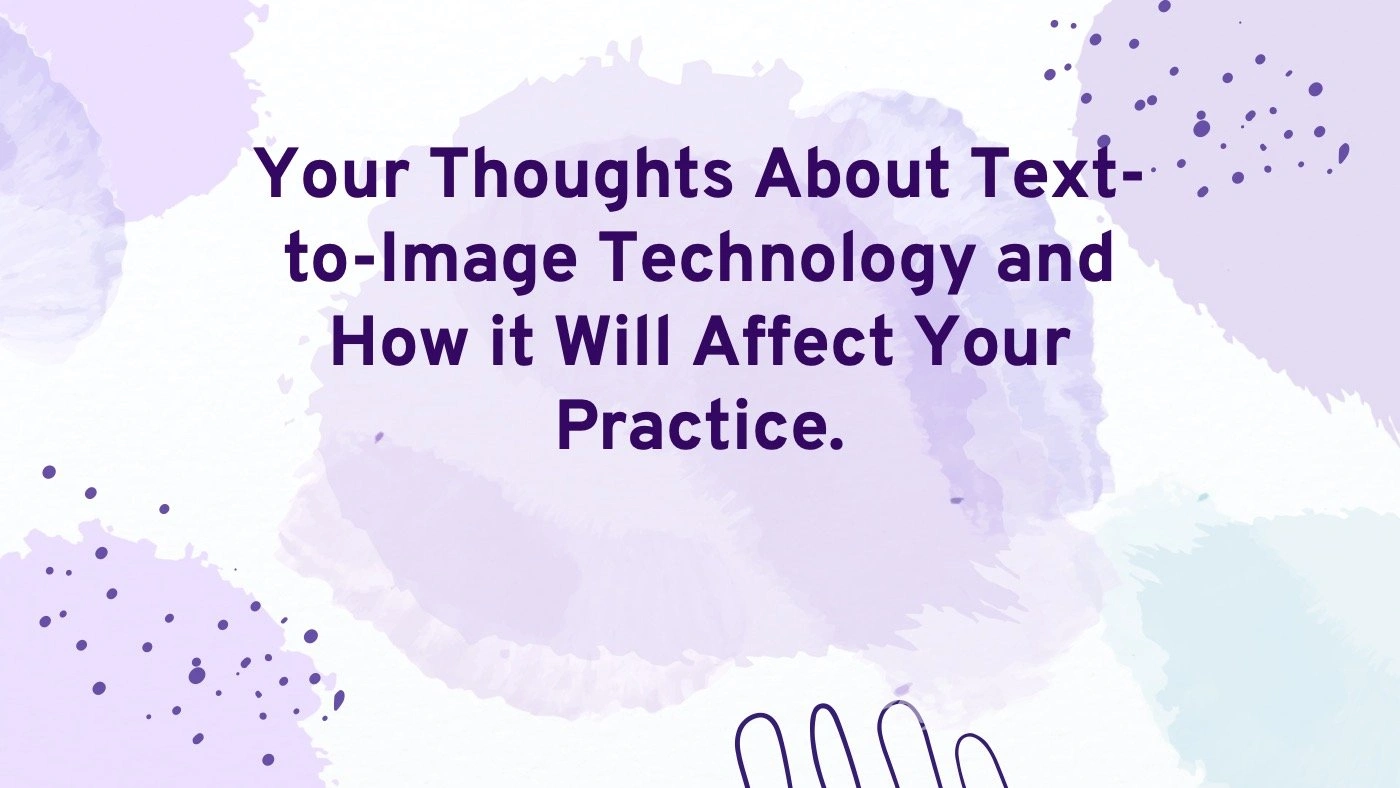The New Sketchbook: Playform Conducts First Sizable Survey into AI Art Practices

The 500 survey participants reveal just how artificial intelligence is impacting their artistic process, from idea generation to final work.
Text-to-image models and their surprising results have raised significant questions about the future of art, questions only underlined by works like “Théâtre d’Opéra Spatial” winning fine art competitions and by class-action suits against the creators of Midjourney.
Yet the real story of AI and art is different, more nuanced, and far more diverse and potentially wide reaching. Playform, a platform empowering image creators via specialized AI tools, surveyed hundreds of working artists using AI tools on a variety of platforms, to discover exactly how they are using AI. Much like specialty lenses or mirrors, photography, and Photoshop before it, AI can play a fascinating role in an artist’s process. And it’s rarely about simply spitting out a final product.
Of the 500 artists surveyed, most had experimented with text-to-image tools, for example, and found them intriguing. (Roughly half of those surveyed were digital artists or graphic designers, while the remaining half practiced in more traditional media like painting or photography.) More than 45% thought text-to-image was very useful, and another roughly 32% found some utility, though they didn’t always weave it into their existing workflow.
Playform discovered that most artists use AI in the middle of their creative process, not the end, akin to the way painters might use a sketched drawing to explore or plan a work. More than 65% of respondents used text-to-image to explore new ideas or create assets they eventually incorporated into their final work. Thus, for most creatives, AI tools form part of an iteration process, with only around a fifth of artists using AI to create a final work. If they reveal this part of their practice at all–and approximately 36% say they don’t–they may post it to social media (~37%).
The overwhelming majority saw AI-generated art as “art” full stop, and while some had questions about their identity and originality as a artist, they also saw AI processes having a positive impact on their work overall, one they felt would be dramatic (~45%) or at least noticeable (~37%).
Full Survey Results here:
[ IMAGE HERE ]